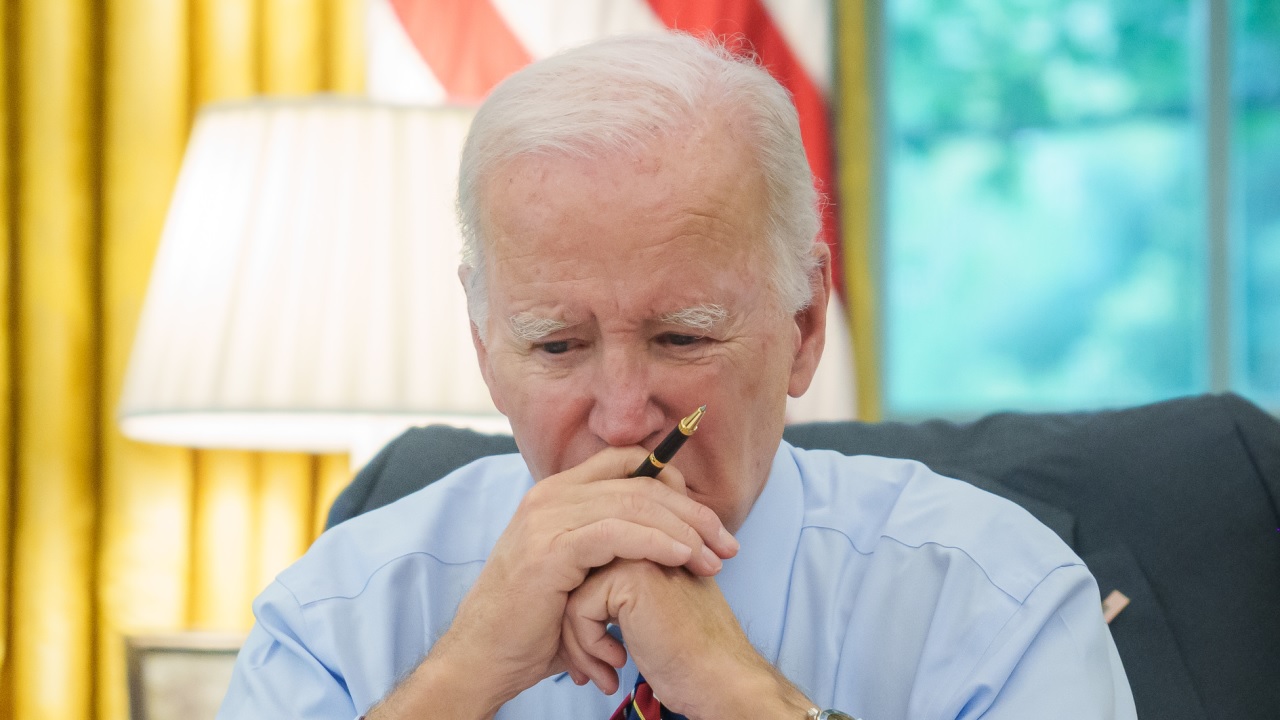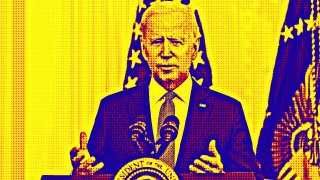APEC Summit: Can Xi Jinping and Joe Biden Turn Down the Temperature?
The rationale and timing of the Biden-Xi meetup should be clear: both leaders are confronting challenges domestically and internationally.
The United States announced in August new visa restrictions on current and former Chinese officials for their involvement in what U.S. and U.N. officials say is the forcible assimilation of more than one million Tibetan children in government-run boarding schools. In November, China recalled its three panda “Ambassadors-in-Residence” at the National Zoo after a fifty-year posting.
Signaling and symbolism are very important in geopolitics, and these two illustrations are barometers of the current state of US-China relations, the worst since 1979.
When the two leaders meet this week in San Francisco at the APEC Summit, one can expect the usual kabuki theater, soft-pedaled posturing, and a modicum of incremental progress on select issues—all enveloped in upbeat press releases following their meeting.
The rationale and timing of the Biden-Xi meetup should be clear: both leaders are confronting challenges domestically and internationally.
In the case of Biden, his poll numbers continue to fall—presently hovering around 39%--with the majority of voters believing the economy is in the dumps, even though unemployment numbers are very low (half from when Biden took office), inflation continues to come down, and job growth is more robust than any former president. Regardless of the numbers, the public believes the president is not up to the job, that his performance overall is poor, and that he is too old to serve. In the international domain, conflicts in multiple regions are posing severe challenges for the Biden Administration.
Regarding Xi, he has a slew of troubles on the home front, as well. To begin with, he has failed to create an economic environment for China to become a high-income country. China’s GDP is expected to come in at a weak 2.7% this year, as both exports and imports have fallen by 14% while the collapse of the real estate market and scores of bankruptcies slam the country. The nation’s debt exceeds 300 percent of GDP, and local government debt tops $10 trillion. Young people especially are discontented, with youth unemployment exceeding 21%.
Very problematic, as well, is Xi’s governance performance. He has become even more authoritarian than previously, purging members of his top echelon to achieve ideological cohesion. He has cracked down on the country’s private sector, alienating foreign investors. China recorded its first deficit of $11.8 billion in foreign investment during the July-September period, with foreign investment into China turning negative for the first time on record in the third quarter.
In terms of the agenda of issues to be discussed, both before and after the APEC summit, it is a broad and varied one, to say the least. It includes reviving military communications between the two nations; espionage and intellectual property theft; drug trafficking; Taiwan; China’s support of Russia in the conflict with Ukraine; restrictions on exports to China of advanced semiconductors; election interference; human rights issues (particularly the Uighurs); and chemical shipments from Mexico to China for the manufacture of fentanyl.
Economic issues will also feature prominently in the APEC Summit and discussions between Xi and Biden on bilateral commercial relations. U.S. firms exported over $200 billion last year, exports that support over 1 million U.S. jobs. While U.S. goods and services trade exceeds $750 billion and results in a merchandise trade deficit for the U.S., services exports to China produce a surplus of over $15 billion. In assessing the U.S. commercial relationship with China, one must look beyond “trade” per se. For example, China has purchased $805 billion in U.S. treasuries, while nearly 300,000 Chinese students study in the U.S.--more than any other nationality. Foreign students who come to study in the U.S. have an economic impact of nearly $29 billion.
As U.S.-China economic competition intensifies, both countries will draw upon their most potent commercial weapon to vanquish the other—namely, industrial policy. China, with the goal of projecting power and influence and challenging the U.S. in emerging markets—especially in the Western Hemisphere—got an early start a decade ago by launching the Belt and Road Initiative, a foreign policy program whereby China finances billions of dollars of investment in roads, railways and other infrastructure across Eurasia, Africa, and Latin America. This mega-project is an enormous boon to Chinese state-owned companies in particular. More recently, China’s “Made in China 2025” initiative aims to rapidly expand the country’s high-tech sectors and develop its advanced manufacturing base,
For the U.S. part, the Biden Administration’s industrial policy includes the Inflation Reduction Act, the Chips and Science Act, and the Infrastructure Investment and Jobs Act (IIJA). In addition to these three key pillars of the economic policy platform, the U.S. government, individual states, and various business organizations are actively promoting reshoring and nearshoring. Given the bipartisan anti-China fervor in Congress and among the public, matched by anti-American sentiment in China, there has been a lot of talk about economic “decoupling.”

However, given the symbiotic commercial relationship between the U.S. and China, particularly their deeply integrated supply chains, decoupling is simply not feasible. Like two escaped prison inmates shackled at the ankle, one cannot run faster than the other lest they both fall. The U.S. and China are dependent on one another.
Although not likely at present, the ideal outcome of U.S.-China dialogues is a pivot to an orientation in which both parties see one another as adversaries rather than enemies. There is too much at stake bilaterally and multilaterally in the long term to do otherwise.
Jerry Haar is a business professor at Florida International University and a fellow of both the Woodrow Wilson Center and the Council on Competitiveness. He is a board member of the World Trade Center Miami and co-author with Ricardo Ernst of Globalization Competitiveness and Governability.
All Images Creative Commons.


